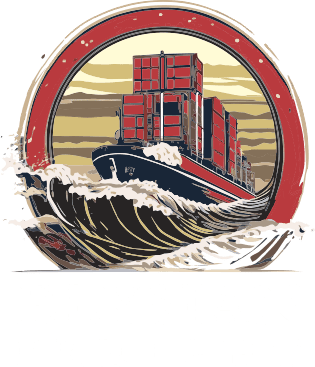The COVID-19 pandemic has brought to light the importance of supply chain resilience and the need for businesses to adapt quickly to unforeseen disruptions. From factory closures and transportation delays to fluctuations in consumer demand, the pandemic has tested the resilience of supply chains around the world, highlighting the vulnerabilities and weaknesses that exist within current systems.
One of the key lessons learned from the pandemic is the importance of diversifying supply chains and reducing reliance on single-source suppliers. Many companies found themselves unable to procure essential materials and components due to disruptions in global supply chains, leading to production delays and shortages. By diversifying their supplier base and establishing alternative sourcing options, businesses can mitigate the risk of future disruptions and ensure continuity of operations in times of crisis.
Another critical aspect of supply chain resilience is the ability to quickly identify and respond to emerging risks and challenges. The pandemic caught many businesses off guard, leaving them scrambling to implement contingency plans and adapt to rapidly changing circumstances. Moving forward, companies must invest in advanced analytics and supply chain visibility tools to monitor and anticipate potential disruptions, allowing them to proactively manage risks and minimize the impact on their operations.
Additionally, collaboration and communication are essential for building resilient supply chains. During the pandemic, we saw companies across industries come together to share information, resources, and best practices, enabling them to navigate the challenges more effectively. By fostering partnerships and collaboration both within their organizations and with external stakeholders, businesses can create more agile and adaptable supply chains that are better equipped to withstand future disruptions.
As we reflect on the lessons learned from the COVID-19 pandemic, it’s clear that supply chain resilience must be a top priority for businesses moving forward. By diversifying supply chains, investing in advanced analytics, and fostering collaboration, companies can build stronger, more resilient supply chains that are better prepared to withstand future shocks and challenges.
Navigating Global Disruptions: Lessons for Supply Chain Resilience
- Home
- Blog Details




